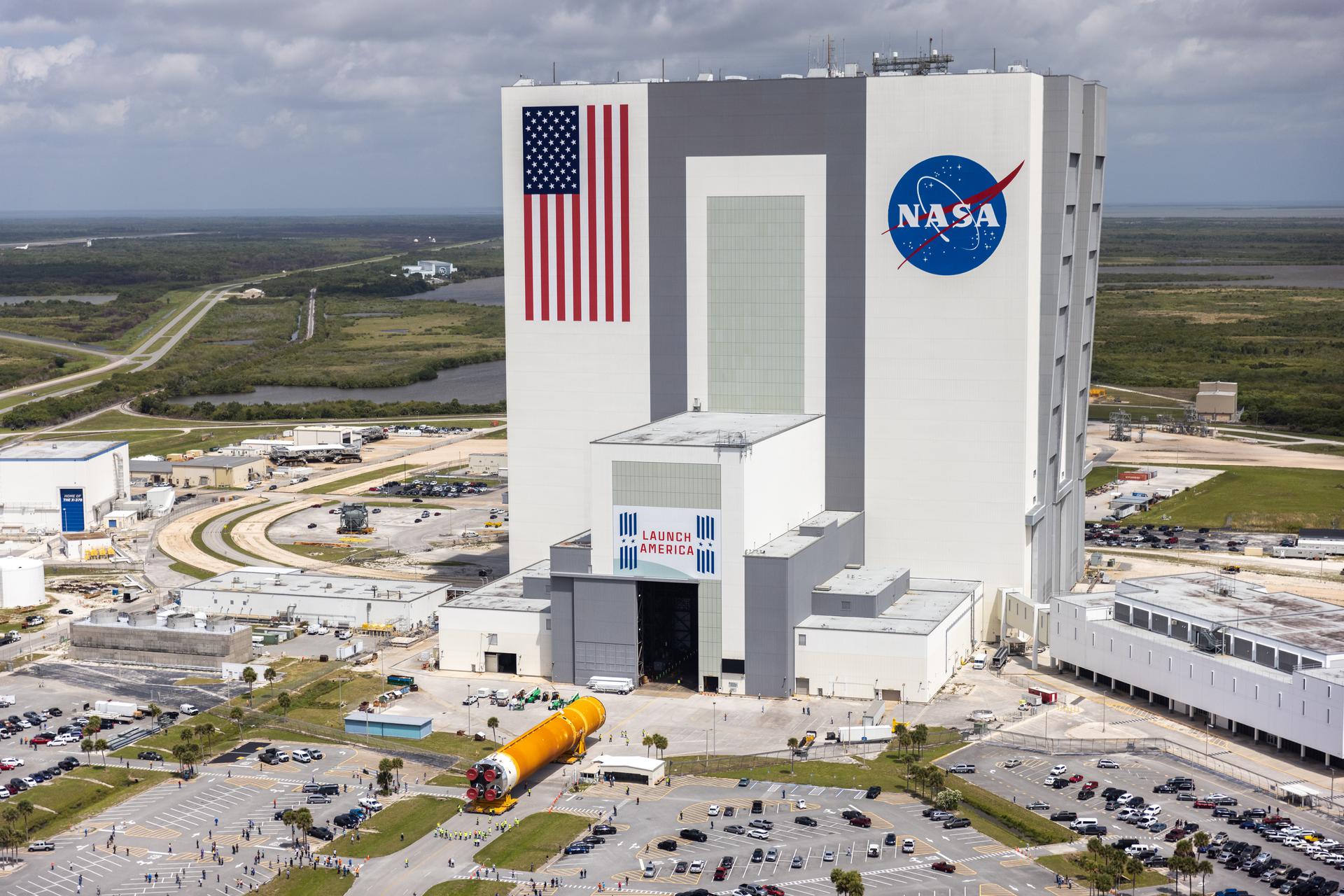
By Jim Cawley
NASA’s Kennedy Space Center
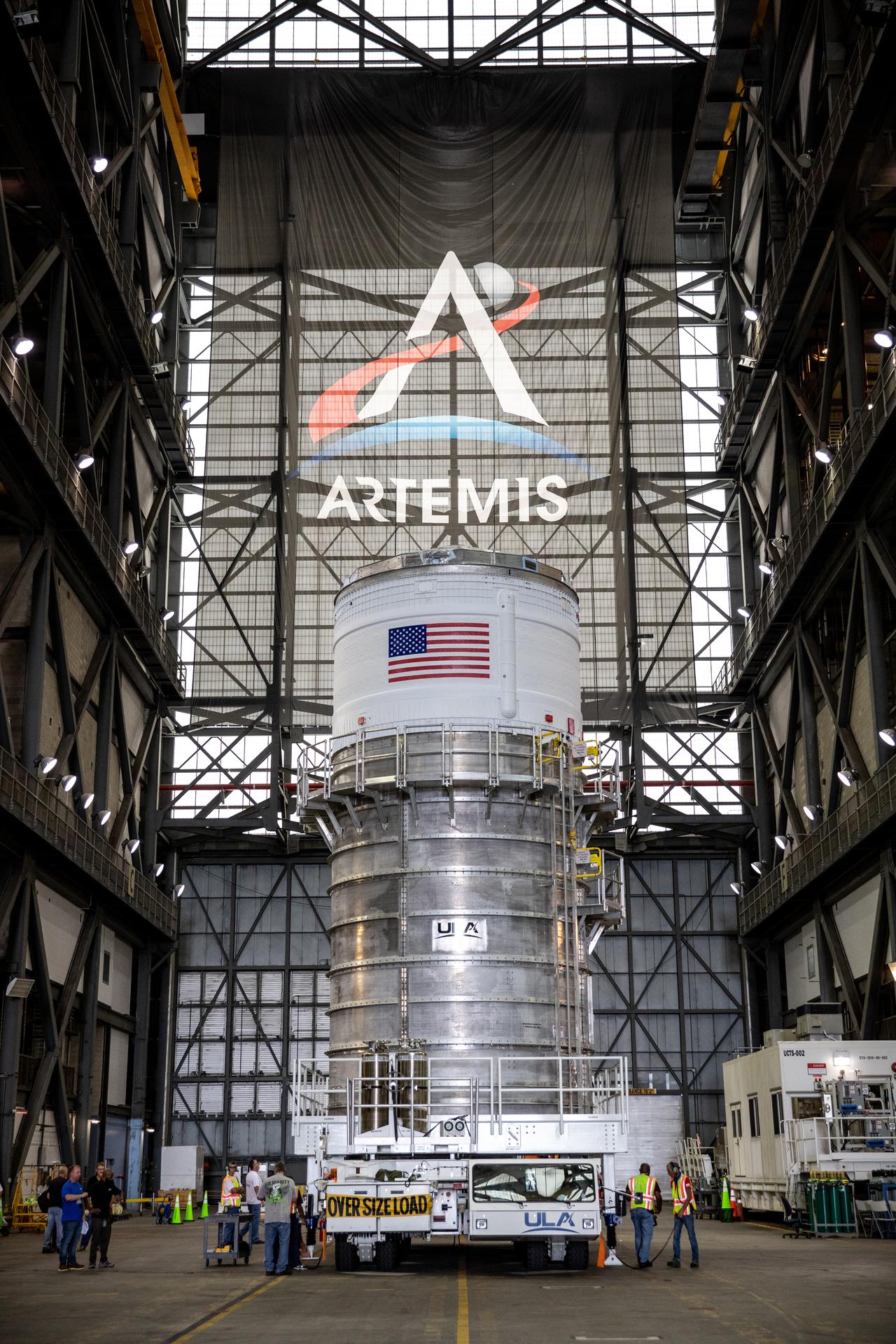
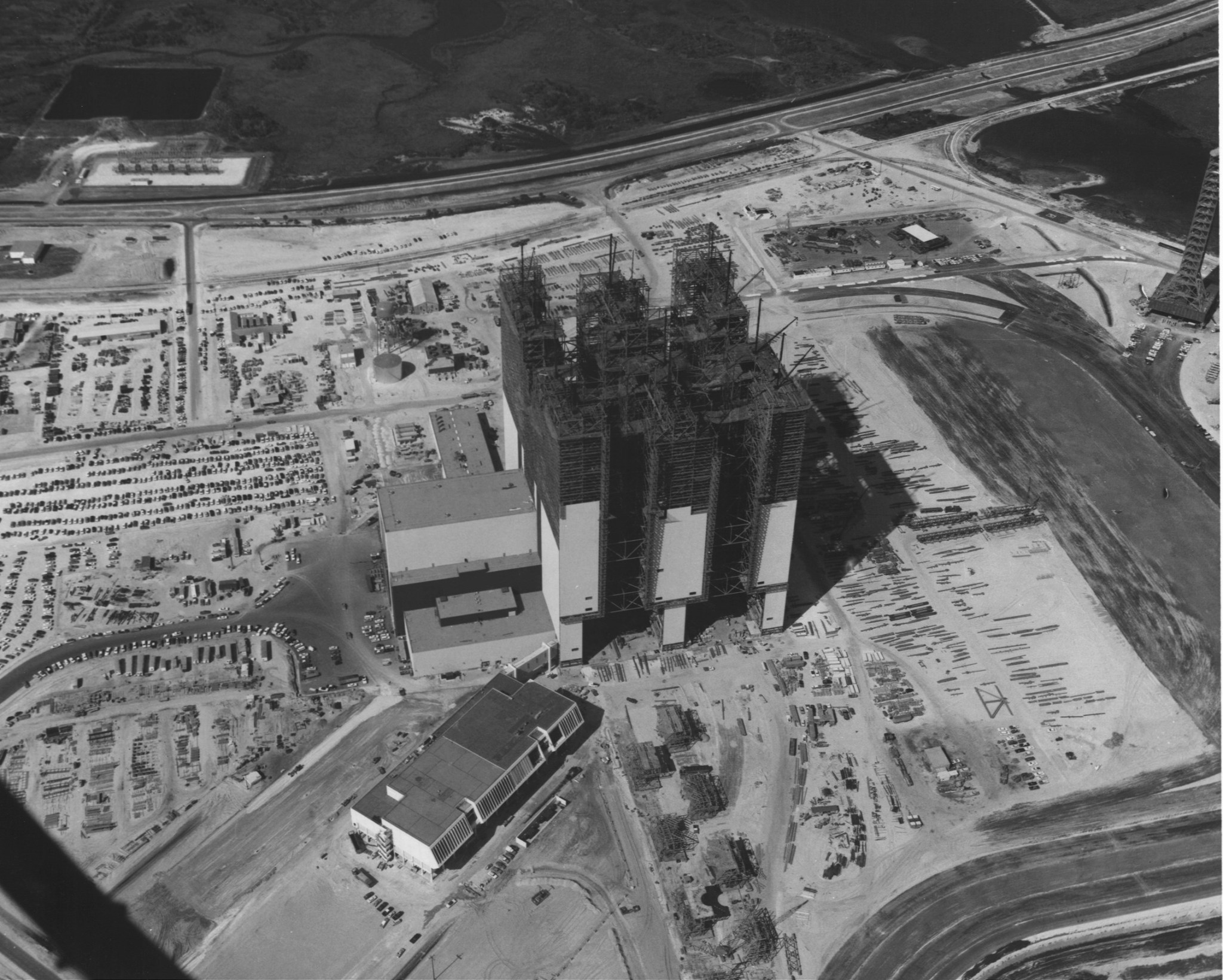
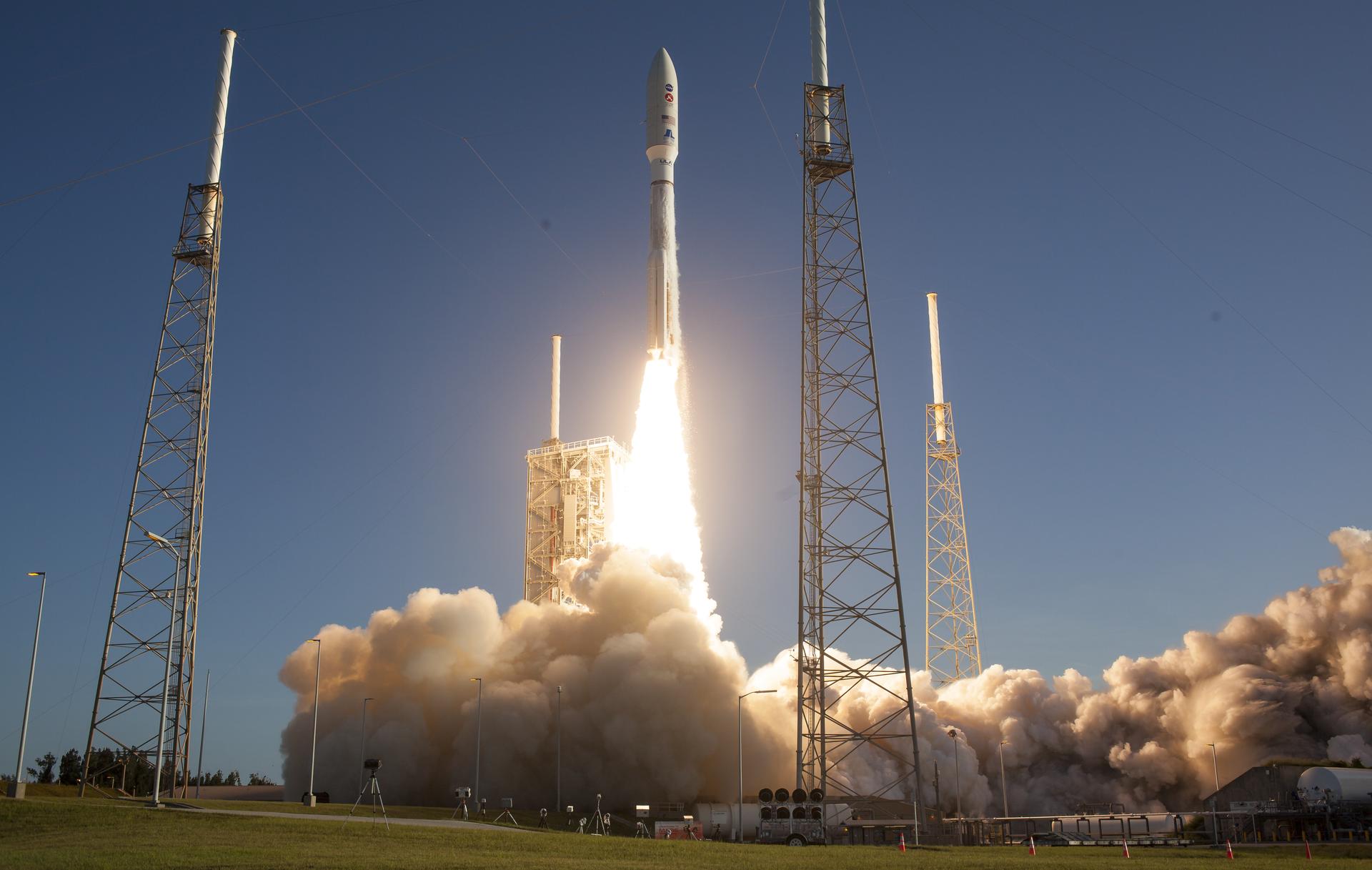
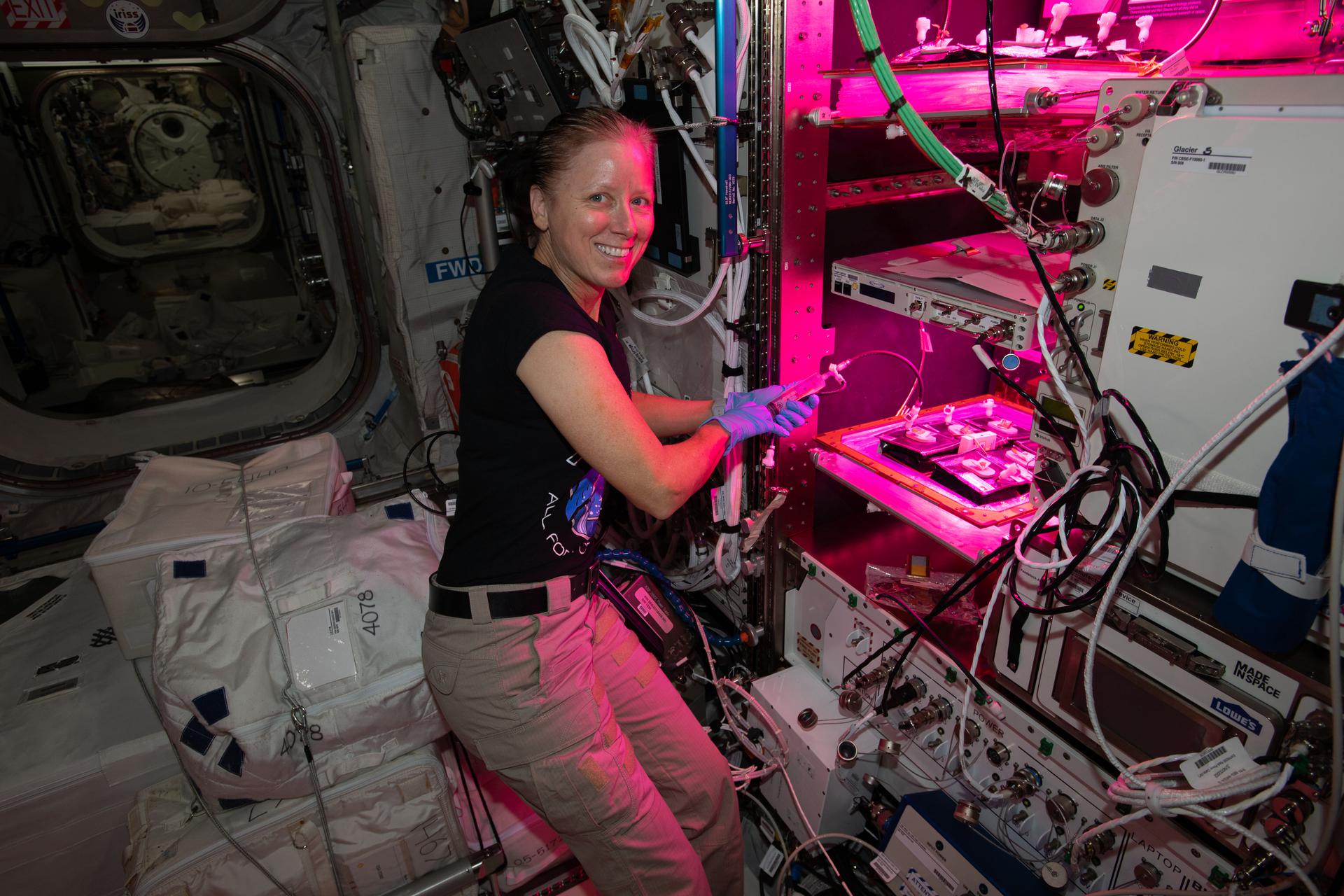
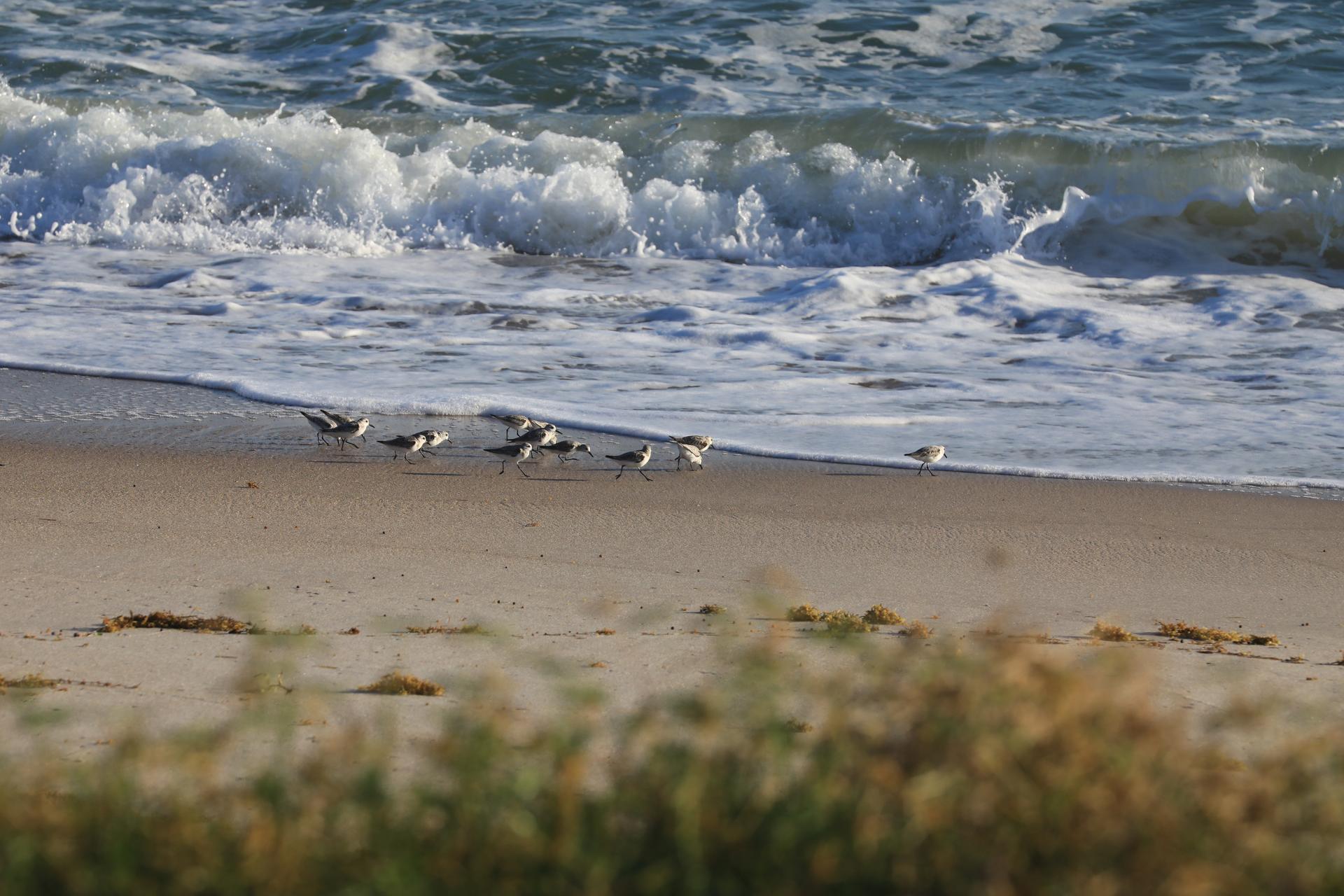
In 1962 when America was going to the Moon, NASA established Kennedy Space Center in Florida as its Launch Operations Center. This month, the modernized multi-user spaceport marks its 59th anniversary while working to send Americans back to the Moon, helping grow the commercial space industry, and performing research that benefits humanity.
The launch of NASA’s Artemis I mission – slated to occur later this year – will be the most visible manifestation of the agency’s return to the Moon to date, preparing the way for long-term lunar exploration and sending the first astronauts to Mars.
“Kennedy’s history is rooted in the quest for deeper knowledge, deeper understanding, and deeper exploration of our universe,” said Center Director Janet Petro. “When Artemis I leaves the launch pad, it will both add to the history of the programs that have gone before and pave the way for history yet to be made.”
Recent months saw a lot of progress on the Artemis I rocket. The core stage of the Space Launch System (SLS) rocket arrived at Kennedy and was placed on the mobile launcher in between the twin solid rocket boosters inside the Vehicle Assembly Building (VAB). The launch vehicle stage adapter was then stacked atop the core stage and the interim cryogenic propulsion stage (ICPS), which will provide the Orion spacecraft with the additional thrust needed to travel tens of thousands of miles beyond the Moon.
Through a series of Artemis missions, NASA will land the first woman and first person of color on the lunar surface while preparing for human missions to Mars. The agency also will send more science investigations and technology experiments to the Moon than ever before. Gateway Deep Space Logistics, based at Kennedy, will send cargo and supplies for crew to the Gateway outpost in lunar orbit in support of lunar operations in orbit and on the surface.
“Gateway is a key component of NASA’s Artemis program and our goal to establish long-term exploration on and around the Moon. It will be a highly autonomous outpost in lunar orbit that serves as a staging point for lunar surface operations and, eventually, deep space exploration,” said Jenny Lyons, acting project manager for Gateway Deep Space Logistics. “The Deep Space Logistics project will provide a vibrant commercial supply chain to Gateway and other destinations on and around the Moon.”
Through the Commercial Lunar Payload Services (CLPS) initiative, NASA is working with American companies to deliver science and technology to the Moon beginning in 2022. Recently, the agency selected three new scientific investigation payload suites to explore the lunar surface. Two will land on the far side of the Moon – a first for NASA. The missions will launch from the Florida spaceport.
Other commercial opportunities in space are ramping up at Kennedy. The agency’s Commercial Crew Program continues working with SpaceX and Boeing as they develop and operate a new generation of spacecraft to carry astronauts to the International Space Station about 250 miles off the planet in low-Earth orbit.
SpaceX’s 22nd commercial resupply mission launched from Kennedy’s Space Launch Complex 39A June 3, delivering critical supplies, science experiments, and research to the space station. Two more commercial resupply missions from the company are slated to lift off from Kennedy by the end of the year.
Teams at Kennedy’s Space Station Processing Facility (SSPF) assisted in processing payloads headed to the space station – just as they did for all of the modules that launched on shuttle. From providing lab space for experiments before launch to filling air tanks for the orbital lab, the SSPF is a logistics link to low-Earth orbit.
NASA’s Launch Services Program (LSP), also based at Kennedy, is helping further the study of our planet, the frontiers of space, the Sun, and Mars. Established in 1998, LSP matches spacecraft and rockets for inspiring space missions, such as the Mars Perseverance Rover, the Educational Launch of Nano-satellites (ELaNa) missions, and Sentinel-6. The program will serve in a major consulting role for Gateway and NASA’s Artemis missions launching SLS and Orion.
“With the creation of the multi-user spaceport, we are well on our way to becoming the launch complex of the future early designers envisioned when the center was initially constructed,” said Kelvin Manning, associate director, technical, at Kennedy. “Last year, here on Florida’s Space Coast, and again this year, we will have more orbital space launches than any single launch site in the world. And it’s only going to get more exciting!”
Kennedy is more than just a place to launch rockets. Research conducted here supports today’s humans in low-Earth orbit, as well as setting the stage for future long-duration space exploration.
Plant researchers at Kennedy have performed and supported a range of plant experiments on the space station: three growth chambers, including two Vegetable Production System (Veggie) chambers, and a larger, more sophisticated growth chamber called the Advanced Plant Habitat (APH). Building on decades of previous research, the team at Kennedy has worked with astronauts to grow and eat 10 different crops in space – learning new ways to ensure a nutritious diet for humans living and working in space.
Kennedy scientists also test hardware and robots in an advanced facility that helps simulate conditions on the Moon. The Granular Mechanics and Regolith Operations Laboratory contains a giant bin packed with 120 tons of gray, simulated space dust. Once used to train Apollo astronauts, the facility now is helping engineers and scientists test mobility, autonomy, and dust tolerance for technologies that could enable future explorers to live on another planetary surface by harvesting resources such as oxygen and water.
Other researchers are working on payloads as part of the CLPS initiative, which will send early science investigations and technology experiments delivered to the Moon’s surface as part of Artemis. This includes the Mass Spectrometer observing lunar operations (MSolo), which together with a drill, will take samples searching for water on NASA’s first lunar in situ resource utilization demonstration, the Polar Resources Ice Mining Experiment-1 (PRIME-1).
To continue these missions, the Florida spaceport is committed to sustainability. Kennedy shares a boundary with the Merritt Island National Wildlife Refuge, and the center’s environmental program protects the more than 1,000 species of plants, 117 species of fish, 68 species of amphibians and reptiles, 330 species of birds, and 31 different types of mammals that make their home on the spaceport.
The center’s recent shoreline projects are just one way that the center helps protect critical infrastructure at the spaceport while restoring habitat for threatened and endangered species, such as gopher tortoises, indigo snakes, scrub jays, and beach mice. Thousands of truckloads of sand and added vegetation help protect and strengthen the dunes to better withstand severe weather, such as hurricanes.
These projects, in turn, help maintain the spaceport’s critical launch capabilities for both government and commercial launchers.
“In the end, it’s the innovation and determination of our people that has made Kennedy a preeminent multi-user spaceport,” Petro said. “As we remember the past, our focus remains squarely on the future, and that’s true whether we’re reaching for the Moon and Mars, building commercial space capabilities, conducting research, or preserving these capabilities for generations to come.”

























